
Finally a real scientist with a real job. All bad opinions are my own, all good ones are my friends.
4 subscribers
How to get URL link on X (Twitter) App


 There are a wide variety of claims, but this DOE report seems like the best researched and most balanced. It's a bit behind on the tech, but still the numbers are painful. We lose ~10X for LWRs! 2/6 www-pub.iaea.org/iaeameetings/c…
There are a wide variety of claims, but this DOE report seems like the best researched and most balanced. It's a bit behind on the tech, but still the numbers are painful. We lose ~10X for LWRs! 2/6 www-pub.iaea.org/iaeameetings/c…
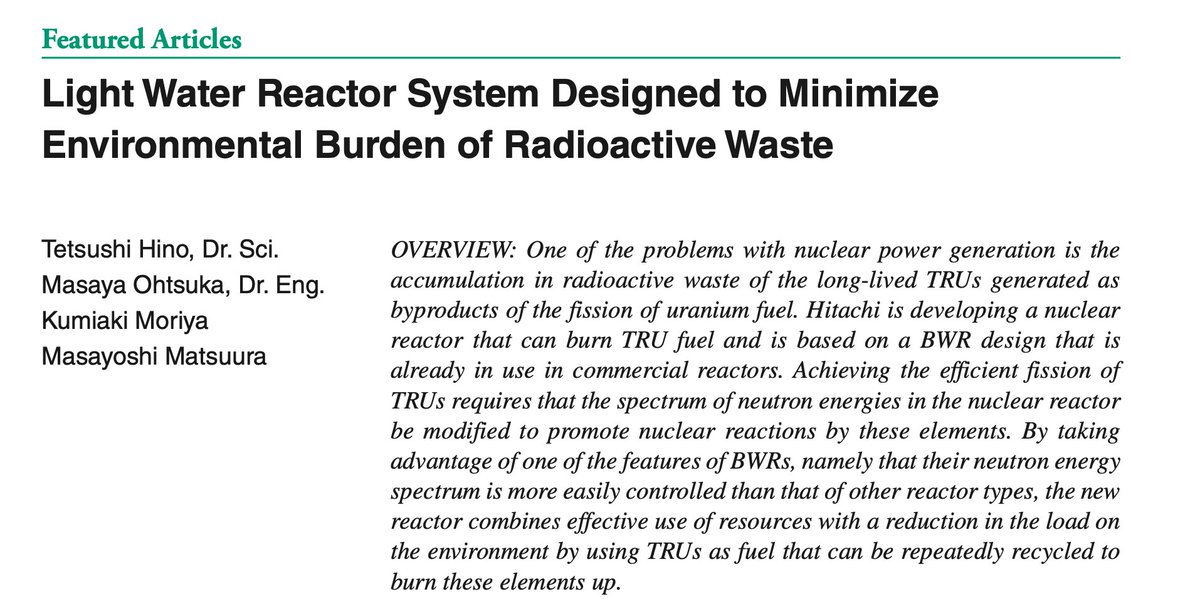


 We should first talk about why antimatter? The interest is in the extreme energy density, which then could allow for rockets with very, very high specific impulse. This is like the gas mileage for a rocket and means that we don't need much antimatter to go very fast! 2/22
We should first talk about why antimatter? The interest is in the extreme energy density, which then could allow for rockets with very, very high specific impulse. This is like the gas mileage for a rocket and means that we don't need much antimatter to go very fast! 2/22 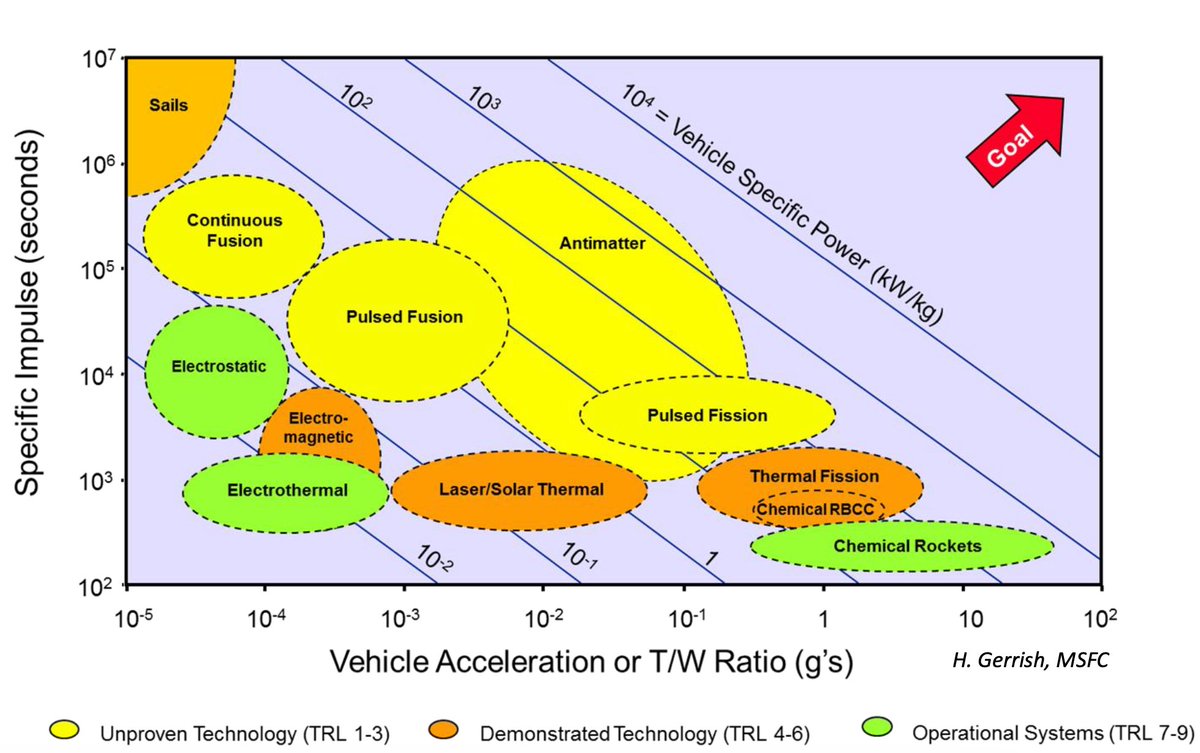

 The standing record for antiproton production is from @Fermilab during the Tevatrons final years. They hit ~2 nanograms/yr using a spinning iconel target getting bombarded with a 120 GeV proton beam! The target did not live long.... 2/17
The standing record for antiproton production is from @Fermilab during the Tevatrons final years. They hit ~2 nanograms/yr using a spinning iconel target getting bombarded with a 120 GeV proton beam! The target did not live long.... 2/17 


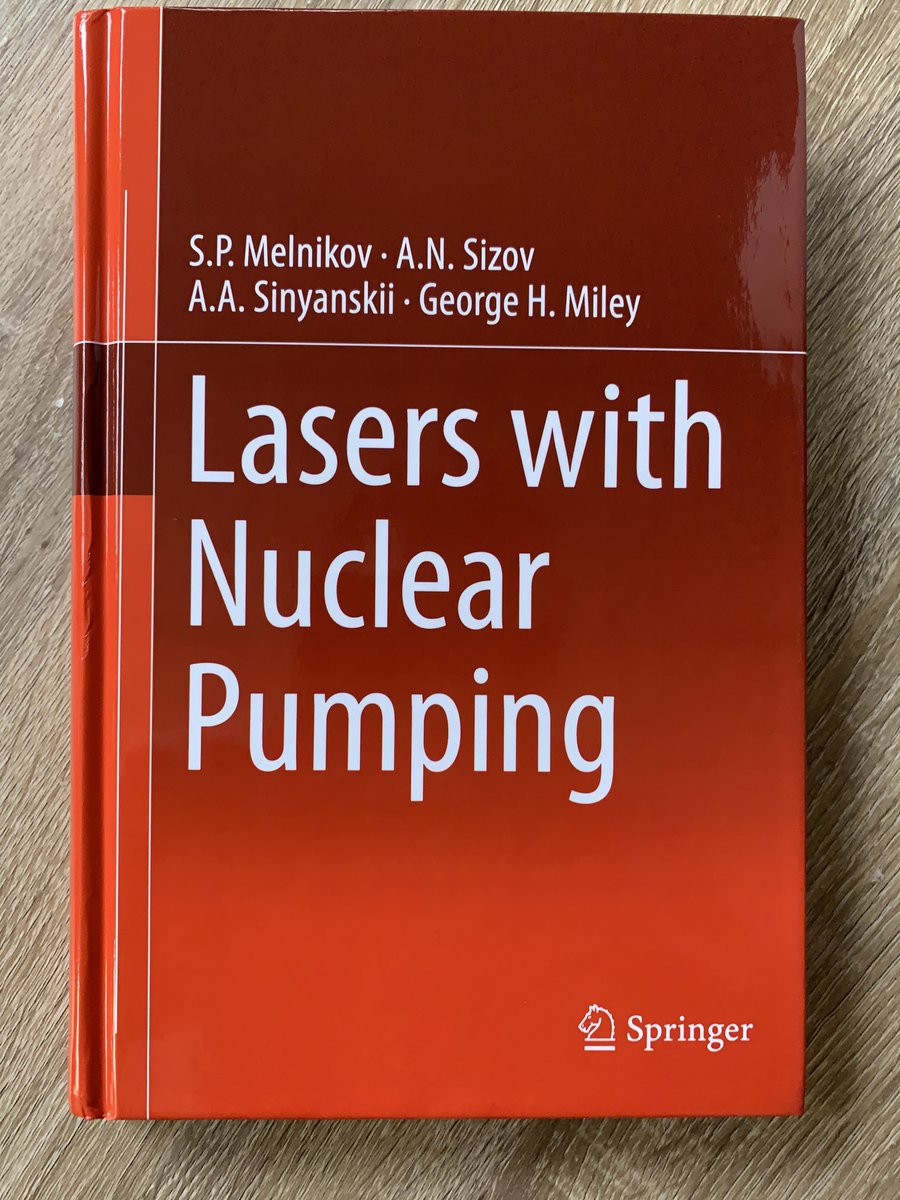
 The concept goes back to the invention of the laser. What if we could directly power a laser with the might of a nuclear reactor or explosion? This looked especially appealing when lasers were horrendously inefficient and thus the Nuclear Pumped Laser (NPL) was born! 2/13
The concept goes back to the invention of the laser. What if we could directly power a laser with the might of a nuclear reactor or explosion? This looked especially appealing when lasers were horrendously inefficient and thus the Nuclear Pumped Laser (NPL) was born! 2/13 
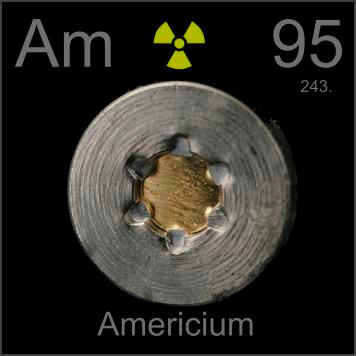
 Americium was discovered in 1944 by Glenn Seaborg using a cyclotron, but is a pretty common transuranic (i.e. element after uranium) to encounter. It is a common isotope in spent nuclear fuel (~100g/ton), although most of it is Am-241 and Am-243. 2/
Americium was discovered in 1944 by Glenn Seaborg using a cyclotron, but is a pretty common transuranic (i.e. element after uranium) to encounter. It is a common isotope in spent nuclear fuel (~100g/ton), although most of it is Am-241 and Am-243. 2/ 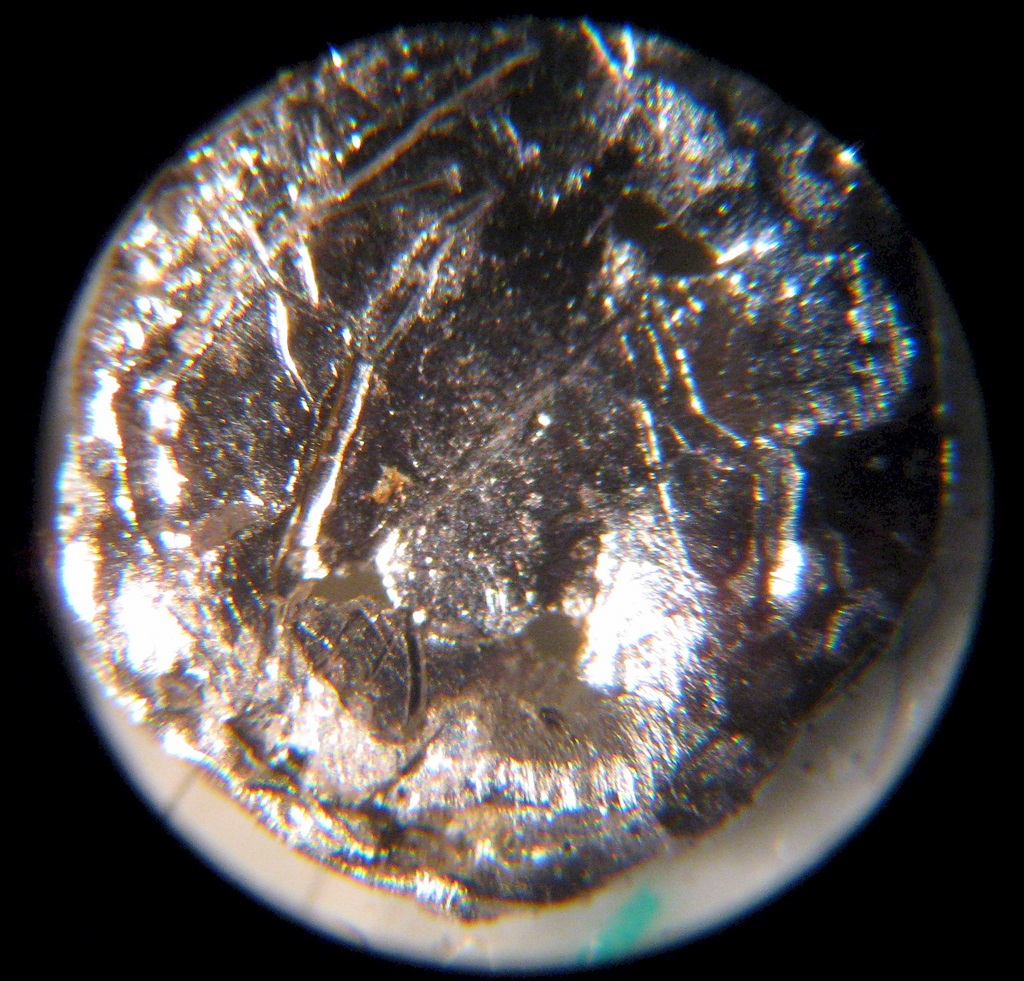
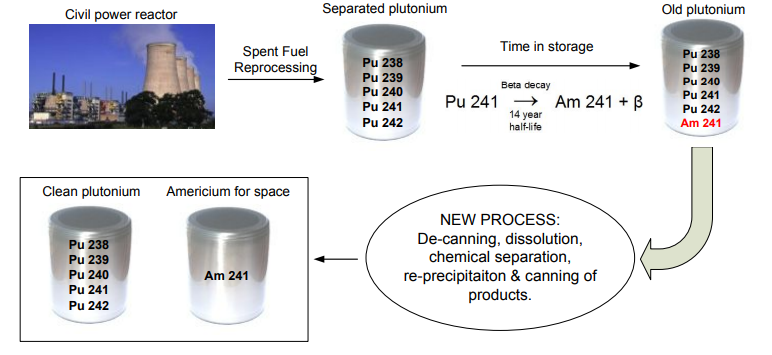



 I had heard of the original idea many years ago, but never knew it was revisited until this past Friday. The original concept was to use 20-50 kT nuclear explosions every couple hours in a 100 m salt dome (made via nuke) to make >1 GWe via direct nuclear to steam heating! 2/12
I had heard of the original idea many years ago, but never knew it was revisited until this past Friday. The original concept was to use 20-50 kT nuclear explosions every couple hours in a 100 m salt dome (made via nuke) to make >1 GWe via direct nuclear to steam heating! 2/12 

 The idea is quite old and is appealing since now the fuel has no damage limits, can be easily reprocessed online, and can run at truly stunning temperatures (thousands of degrees). You also don't have to convert UF6 back into U or UO2, which saves effort and energy. 2/16
The idea is quite old and is appealing since now the fuel has no damage limits, can be easily reprocessed online, and can run at truly stunning temperatures (thousands of degrees). You also don't have to convert UF6 back into U or UO2, which saves effort and energy. 2/16 


 When atoms fissions, we get a broad range of isotopes with most of them massing either ~95 or ~137 amu, but there is a broad distribution and the exact make-up depends on isotope and neutron energy. 2/17 hyperphysics.phy-astr.gsu.edu/hbase/NucEne/f…
When atoms fissions, we get a broad range of isotopes with most of them massing either ~95 or ~137 amu, but there is a broad distribution and the exact make-up depends on isotope and neutron energy. 2/17 hyperphysics.phy-astr.gsu.edu/hbase/NucEne/f… 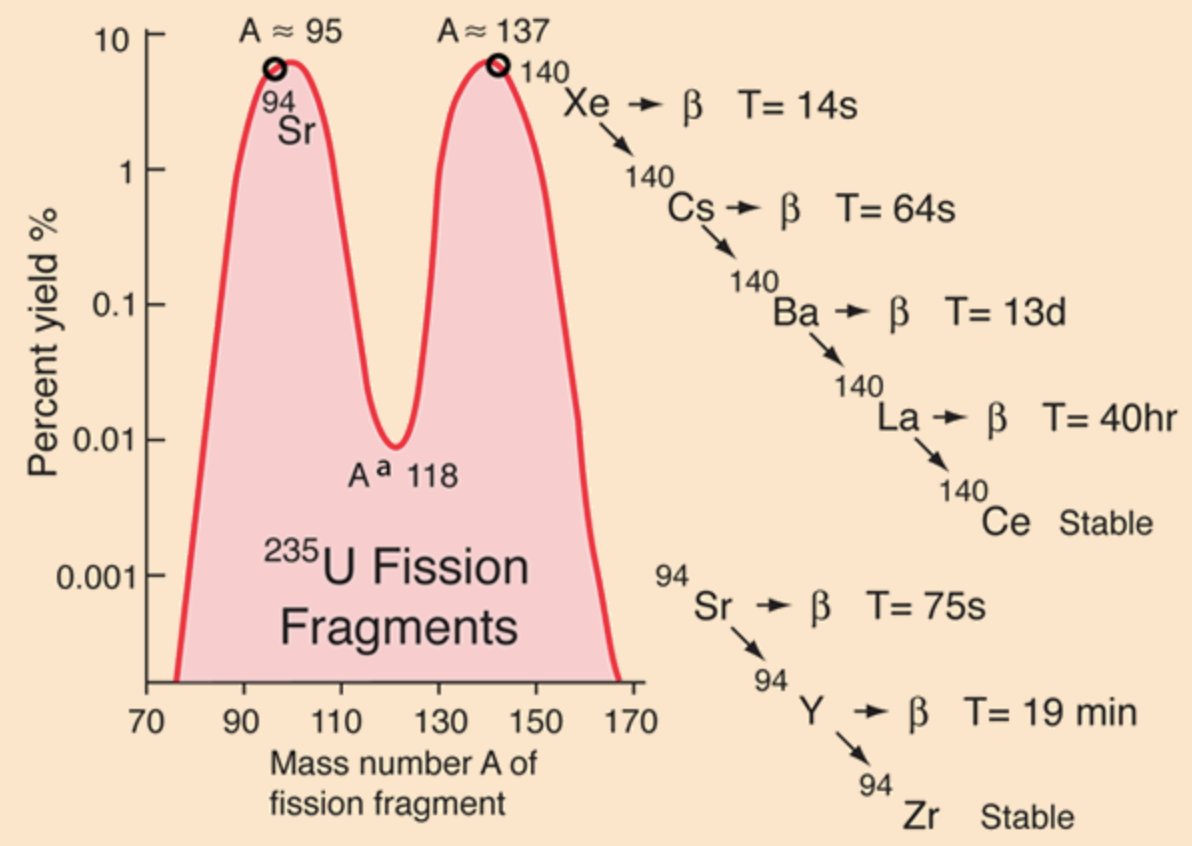



 Now real shielding math is really complex and needs models. I was able to find (and fix the units on) a simple equation used for aircraft reactor studies though! It assumes H2O and DU shields that are all the way around the reactor (4pi) and 0.025 mR/hr on contact. 2/12
Now real shielding math is really complex and needs models. I was able to find (and fix the units on) a simple equation used for aircraft reactor studies though! It assumes H2O and DU shields that are all the way around the reactor (4pi) and 0.025 mR/hr on contact. 2/12 
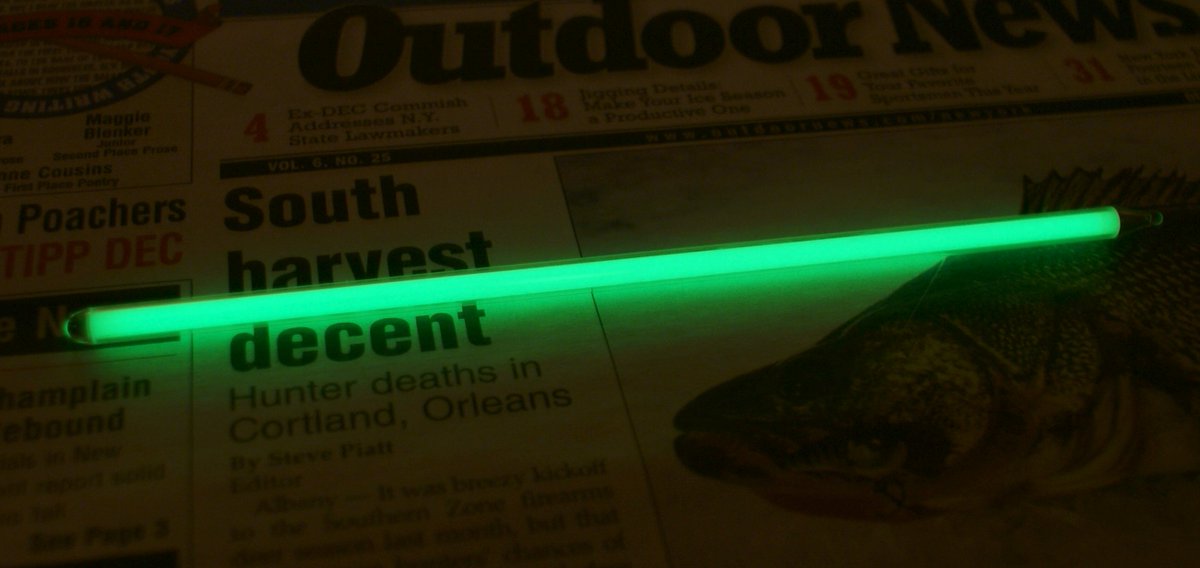
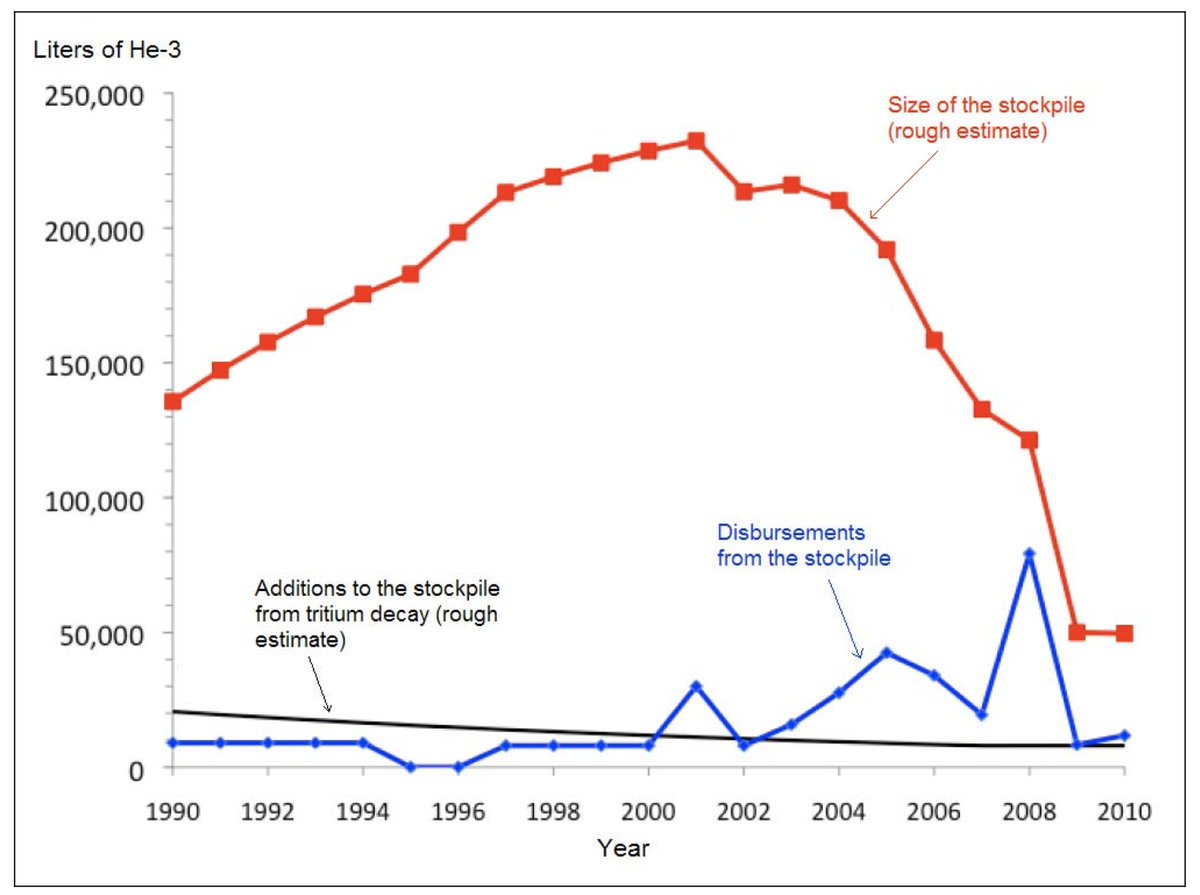

https://twitter.com/GBruhaug/status/1576666195196989441?s=20&t=TZHf6ancJNQFrAmB_0cQaQThere were studies on extremely large cargo aircraft using nuclear power as well as nuclear powered hovercraft for rapid cargo transit! These beasts would have hauled hundreds to thousands of tons across the oceans very quickly! 2/



 In the US we started looking into nuclear propulsion for aircraft as early as 1948. The USAF wanted nuclear powered nuclear armed bombers to fly deterrent patrols of the USSR. Using nuclear energy they could stay aloft for days, weeks or potentially months! 2/23
In the US we started looking into nuclear propulsion for aircraft as early as 1948. The USAF wanted nuclear powered nuclear armed bombers to fly deterrent patrols of the USSR. Using nuclear energy they could stay aloft for days, weeks or potentially months! 2/23 
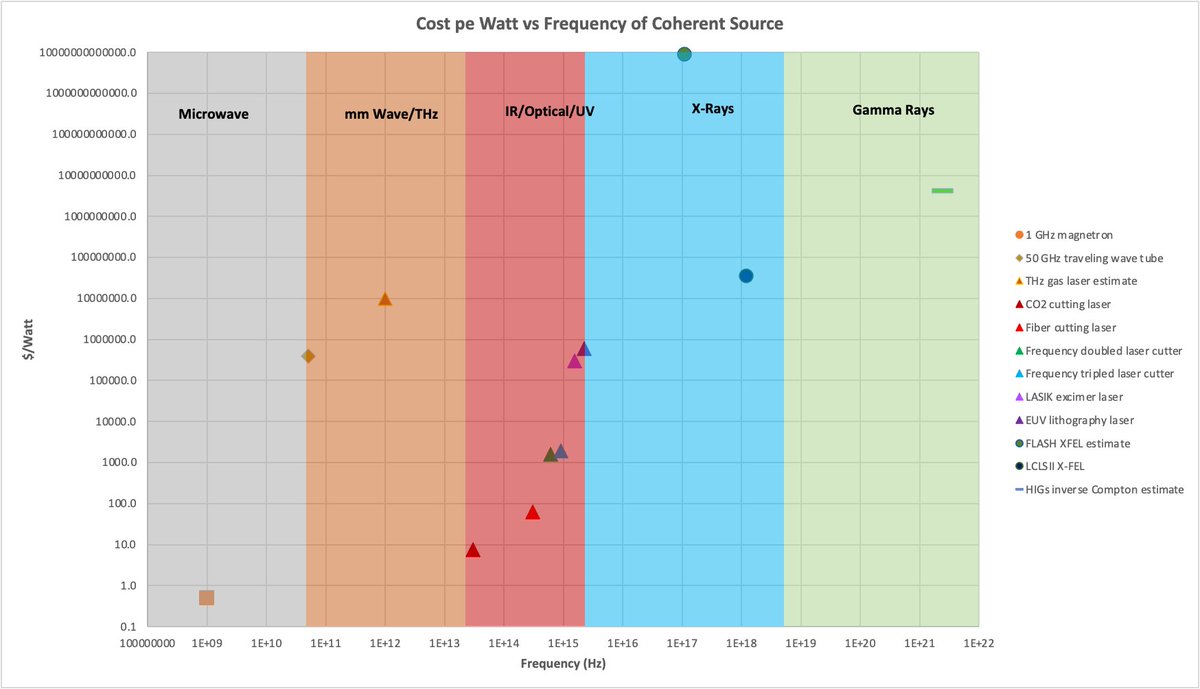
 Broadly speaking the higher the frequency, the more expensive per watt. THz and soft x-rays stand out as being extra expensive though. These are both in the range that is very hard to make at high powers, although there may be FELs that generate cheaper beams. 2/2
Broadly speaking the higher the frequency, the more expensive per watt. THz and soft x-rays stand out as being extra expensive though. These are both in the range that is very hard to make at high powers, although there may be FELs that generate cheaper beams. 2/2

 This concept probably will never make any economic sense, but it does have some interesting engineering/physics characteristics! The idea is also very old, with the first references coming from Lawerence himself in the 50s. 2/
This concept probably will never make any economic sense, but it does have some interesting engineering/physics characteristics! The idea is also very old, with the first references coming from Lawerence himself in the 50s. 2/